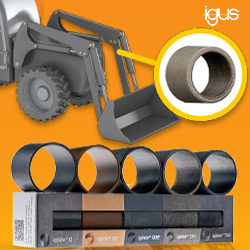Operators taking flight: The Emerging Role of Drones in Network Operations and Maintenance
RCR Wireless News explores the role of drones in network operations and maintenance, including: performing dangerous tasks typically handled by telecom operators like tower climbing; conducting signal tests; evaluating sites for suitability, access routes and risks with drone-captured data; as well as get telecom infrastructure back online in wake of a disaster.
Telecom operators are well positioned to take advantage of the growing commercial unmanned aerial vehicles (drone) market. Many operators have already embraced drones as an efficient and cost-effective way to improve network operations and maintenance.
The big goal, and the big question - can drone-based tower inspections scale up to full networks? AT&T alone has 65,000 towers to inspect.
RCR Wireless News explores the role of drones in network operations and maintenance, including: performing dangerous tasks typically handled by telecom operators like tower climbing; conducting signal tests; evaluating sites for suitability, access routes and risks with drone-captured data; as well as get telecom infrastructure back online in wake of a disaster.
A few key takeways;
Use of drones in tower inspections is cost-effective, provides valuable data and saves lives.
In U.S., industry has what it needs to do inspections, with limited red tape.
Automation is coming to drone inspections.
All stakeholders in the industry favor some traffic management system for drones.
Consolidation in the drone industry is on the way.
To hear from industry leaders involved in the development and deployment of drones in telecommunications tower inspections and get a deep understanding of why drones have a bright future in telecom, download the new RCR Wireless News report titled "Operators taking flight: The emerging role of drones in network operations and maintenance."
Also be sure to watch the accompanying webinar, which features expert commentary from Lee Priest, CEO, ETAK.
For a break-out look at specific topics, read the following articles:
Operators take flight: 7 drool-worthy drones for tower inspections
Operators take flight: Drones, red tape and traffic management
Flying COW drones make headway
FCC proposes $2.8 million fine against drone company
Editorial Report: Meeting the public safety communications imperative
Editorial Report: Reducing Opex Through Infrastructure: Drones, C-RAN and Software
Featured Product

